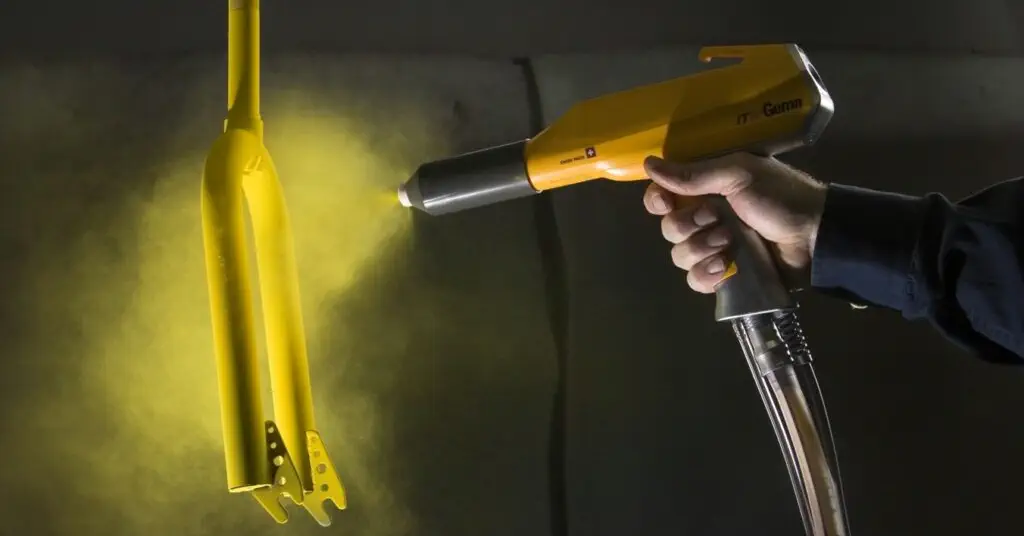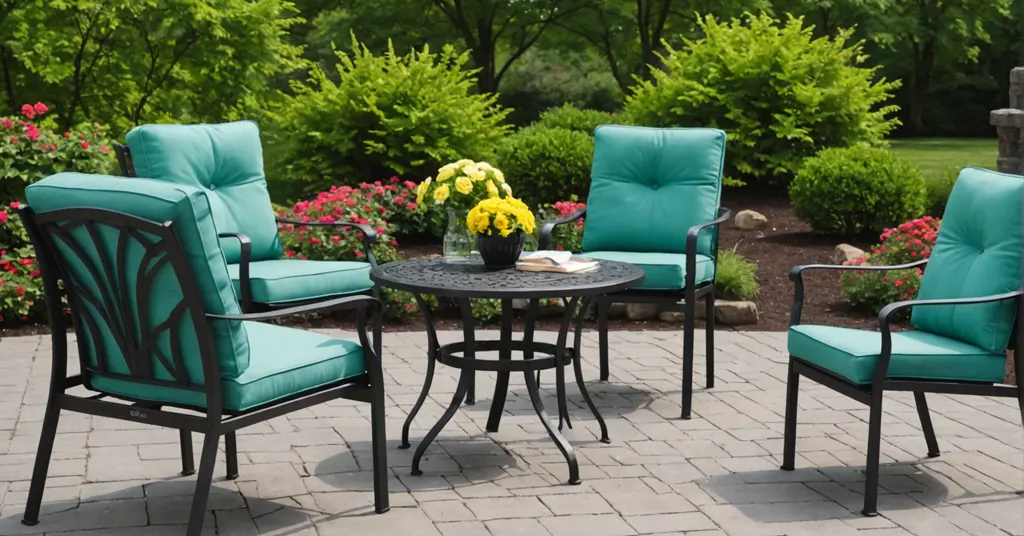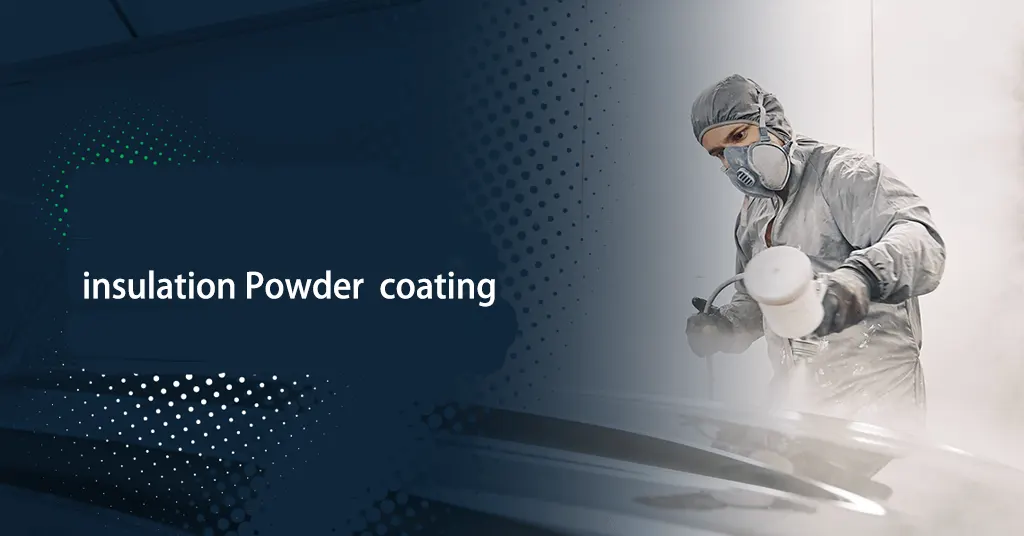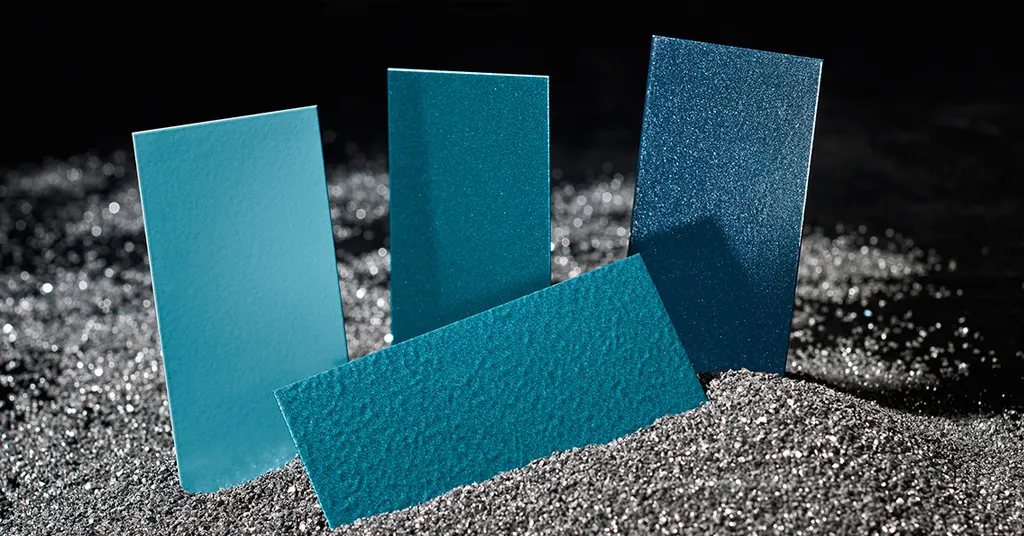Cost-Benefit Analysis of Powder Coating for Marine Corrosion Protection
Marine steel surfaces face harsh conditions. Saltwater, humidity, UV radiation, and mechanical stress can cause corrosion, leading to safety risks and high maintenance costs. For ships, offshore platforms, and marine equipment, choosing the right coating is critical for performance and budget management.
Powder coating is a trusted solution for corrosion protection. While it has higher initial costs, its long-term benefits often outweigh the investment. This article provides a cost-benefit analysis of powder coating for marine applications, highlighting its economic advantages and durability.
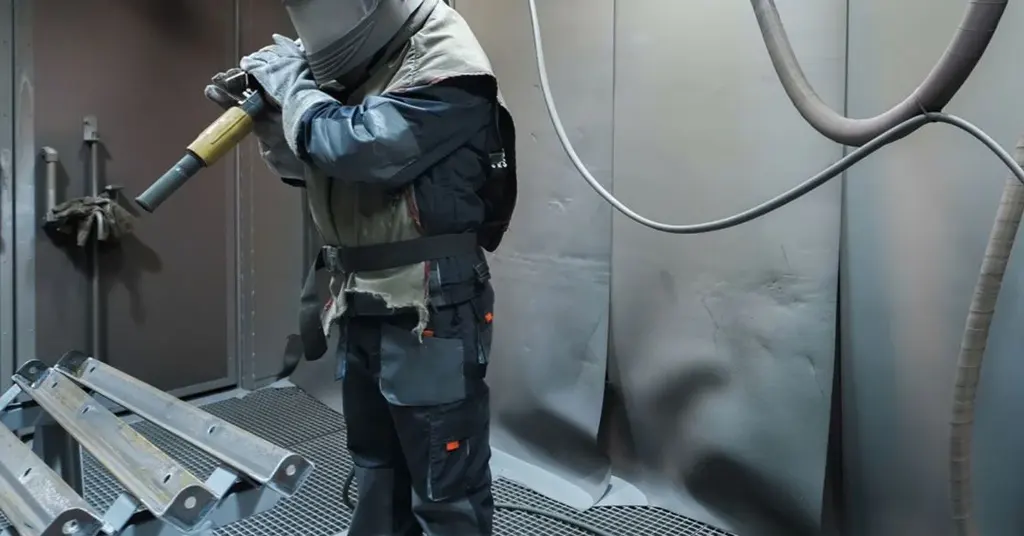
Why Cost-Benefit Analysis Matters for Marine Corrosion Protection
Corrosion protection is essential for marine steel surfaces, but costs can vary widely. Marine operators must balance initial expenses with long-term savings. A cost-benefit analysis evaluates:
- Initial Costs: Expenses for materials, equipment, and labor.
- Long-Term Savings: Reduced maintenance, repairs, and downtime.
- Performance Benefits: Enhanced durability, safety, and compliance with regulations.
Understanding these factors helps marine operators make informed decisions about corrosion protection strategies.
Initial Costs of Powder Coating for Marine Applications
1. Material Costs
-
Powder Coating Materials: Marine-grade powder coatings, such as epoxy, polyester, or polyurethane, are more expensive than liquid paints.Primers (Optional): Zinc-rich primers add cost but enhance corrosion protection.Specialized Formulations: Coatings designed for saltwater resistance or UV protection may cost more.
2. Equipment Costs
- Electrostatic Spray Guns: Required for even powder application.
- Curing Ovens: Needed for heat treatment (180–200°C). Portable ovens may be required for on-site applications.
- Surface Preparation Tools: Sandblasting equipment or chemical cleaners add to costs.
3. Labor Costs
- Skilled Applicators: Trained personnel are needed for surface preparation, application, and curing.
- Surface Preparation Labor: Sandblasting or cleaning requires time and expertise.
- Quality Inspection: Adhesion and thickness testing add labor costs.
4. Environmental and Safety Costs
- Personal Protective Equipment (PPE): Masks, gloves, and goggles are required for worker safety.
- Ventilation Systems: Needed to manage powder dust during application.
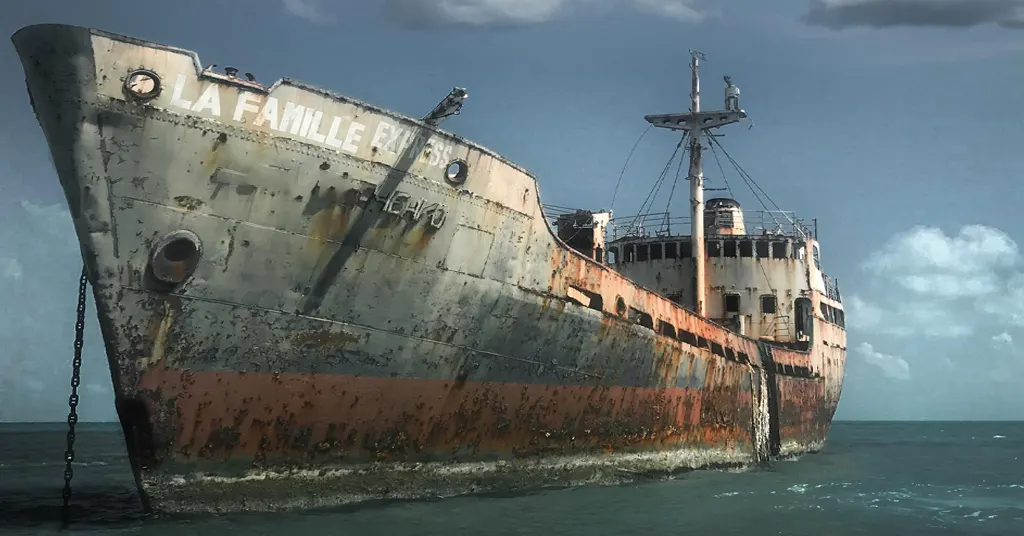
Long-Term Savings of Powder Coating
While powder coating has higher initial costs, its long-term savings make it cost-effective for marine corrosion protection. Here’s how:
1. Reduced Maintenance Costs
- Epoxy Coatings: Last 10–15 years in underwater environments.
- Polyester Coatings: Maintain integrity for 8–12 years in above-water areas.
- Zinc-Rich Primers: Extend service life by providing galvanic protection.
2. Lower Downtime Costs
- Longer Service Life: Fewer recoating cycles mean less downtime.
- Faster Repairs: Damaged areas can be touched up without extensive rework.
3. Extended Asset Lifespan
- Ship Hulls: Resist saltwater corrosion, reducing structural damage.
- Offshore Platforms: Withstand harsh conditions, delaying replacement costs.
- Marine Equipment: Protect cranes, winches, and valves from wear.
4. Environmental Cost Savings
- Low VOC Emissions: Emit minimal volatile organic compounds (VOCs), complying with regulations.
- Reduced Waste: Overspray can be collected and reused, minimizing disposal costs.
- Regulatory Compliance: Meets standards like ISO 14001, avoiding fines.
Performance Benefits of Powder Coating
Beyond cost savings, powder coating offers performance benefits that enhance its value for marine applications:
1. Superior Corrosion Resistance
Powder coatings create a robust barrier against saltwater, humidity, and chemicals.
- Epoxy Coatings: Ideal for underwater surfaces, resisting corrosion for decades.
- Zinc-Rich Primers: Provide galvanic protection, enhancing durability.
2. UV and Weather Resistance
Above-water surfaces face sunlight and weather changes. Powder coatings resist UV damage and maintain adhesion.
- Polyester Coatings: Prevent fading and chalking under sunlight.
- Polyurethane Coatings: Offer flexibility under thermal stress.
3. Impact and Abrasion Resistance
Marine steel surfaces face mechanical stress. Powder coatings withstand impact and wear, maintaining protection.
- Polyurethane Coatings: Ideal for high-wear areas like ship decks and equipment.
- Abrasion Resistance: Prevents scratches that could lead to corrosion.
4. Aesthetic Value
Powder coatings maintain color and gloss, enhancing the appearance of ships and marine structures.
- Color Retention: Resists fading under UV exposure.
- Smooth Finish: Improves visual appeal for commercial and passenger vessels.
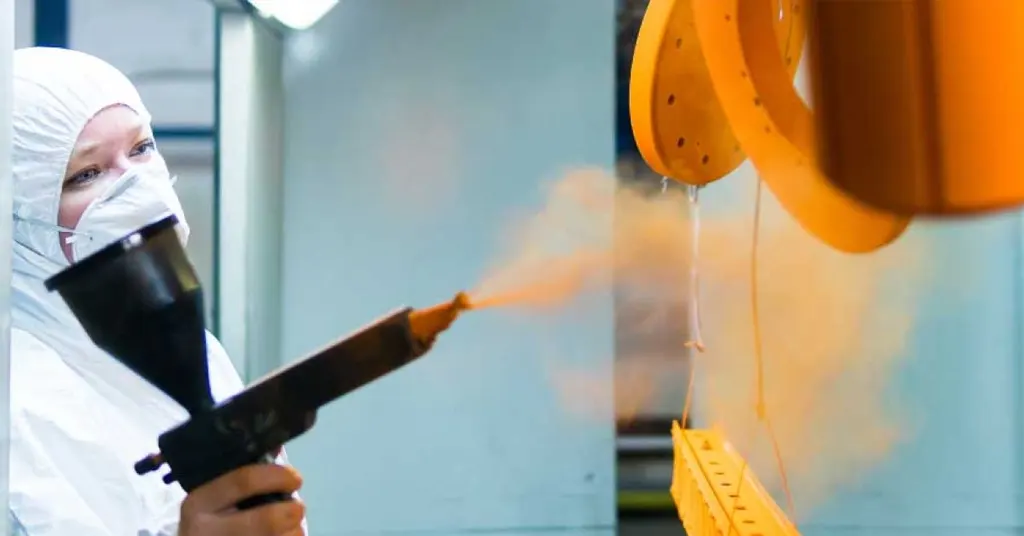
Comparing Powder Coating to Traditional Liquid Paints
A cost-benefit analysis often compares powder coating to liquid paints. Here’s how they stack up:
Initial Costs
- Powder Coating: Higher due to specialized equipment and skilled labor.
- Liquid Paint: Lower due to simpler application and cheaper materials.
Long-Term Costs
- Powder Coating: Lower maintenance and downtime costs, extended asset lifespan.
- Liquid Paint: Higher maintenance costs, frequent recoating, and shorter service life.
Performance
- Powder Coating: Superior corrosion, UV, and impact resistance.
- Liquid Paint: Prone to cracking, peeling, and fading in marine environments.
Environmental Impact
- Powder Coating: Eco-friendly, low VOC emissions, reduced waste.
- Liquid Paint: High VOC emissions, increased waste, regulatory challenges.
Winner: Powder coating is more cost-effective in the long run, offering better performance and environmental benefits.
Conclusion
Powder coating offers significant cost benefits for marine corrosion protection. While initial costs are higher, its long-term savings, superior performance, and environmental advantages make it a cost-effective choice. By reducing maintenance, downtime, and replacement costs, powder coating ensures durable protection for ships, offshore platforms, and marine equipment.
Have Anything To Ask Us?

